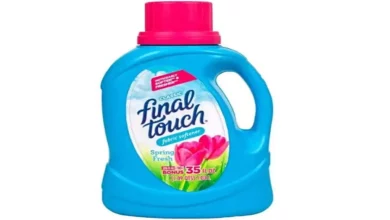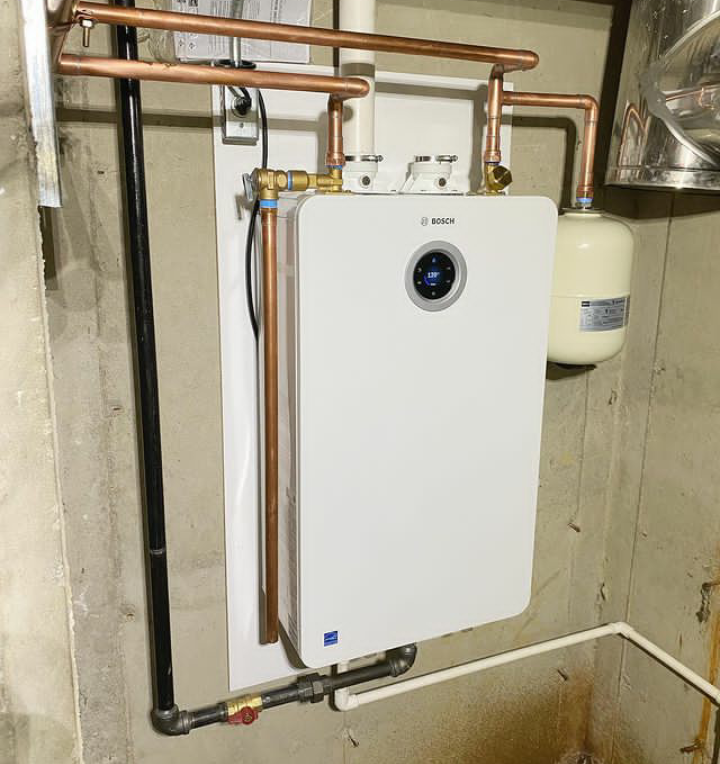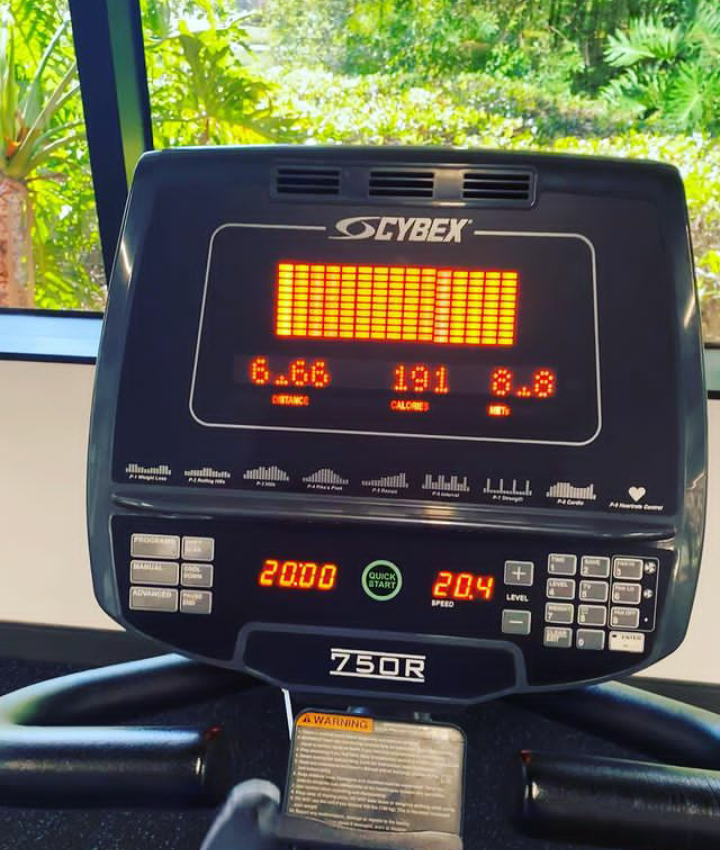Can You Sublimate on Modal Fabric? A Comprehensive Guide
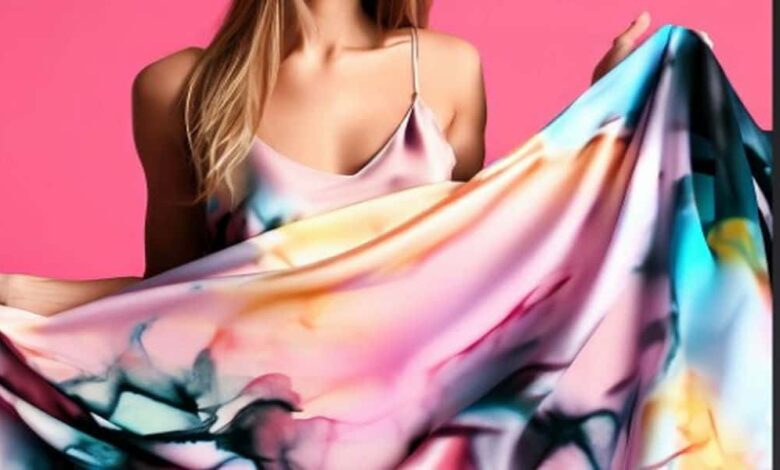
If you’re into customizing clothing or creating unique designs, you might have wondered about using sublimation on modal fabric. But Can you sublimate on modal fabric?
Modal is a type of rayon that’s known for its softness, breathability, and vibrant colors. Sublimation, a printing method where ink is infused into the fabric, works well on materials with a high polyester content due to its molecular structure.
However, modal fabric has a blend of fibers, including cellulose from beech trees. This makes sublimation a bit more challenging, as the process requires a polyester-rich environment to infuse the ink permanently.
While achieving perfect results might be difficult, some have had limited success with a modified sublimation process on modal blends. Stick around to learn more about the possibilities, techniques, and potential outcomes of sublimating on modal fabric.
What is Sublimation?
Sublimation is a printing technique that transfers a design onto a material using heat-sensitive inks. The process turns the ink from a solid to a gas, bypassing the liquid stage, which allows it to blend seamlessly with the material.
Brief History and How It’s Used Today
The process was invented in the 20th century and has gained popularity due to its long-lasting effects and high-quality output. It’s commonly used to print fabrics, ceramics, and even phone cases.
Benefits and Downsides
Benefits:
- Durable prints
- High-quality images
- Quick and efficient
Downsides:
- Requires specific materials
- Higher initial costs
- Not suitable for all fabric types
What is Modal Fabric?
Modal fabric is a type of semi-synthetic fabric made from beech tree pulp. It’s known for its silky texture and high durability, making it popular for use in apparel like underwear and activewear.
Common Uses in Clothing and Textiles
- Activewear
- Underwear
- T-shirts
- Bedding
Advantages and Disadvantages
Advantages:
- Soft and breathable
- Moisture-wicking
- Eco-friendly
Disadvantages:
- Can be expensive
- Not as durable as some synthetic fibers
Can You Sublimate on Modal Fabric?
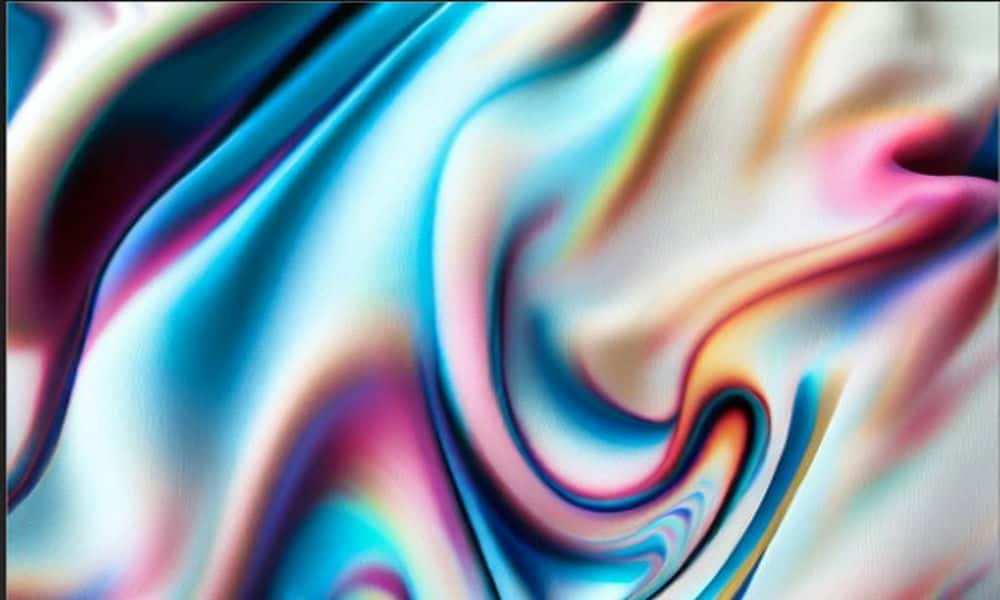
The straightforward answer is yes but with caveats. Modal fabric can be sublimated, but the result may not be as vibrant or durable as on polyester-based materials.
Modal fibers are less receptive to dye-sublimation inks than synthetic fibers like polyester. The heat from the sublimation process might also weaken the fabric.
In practice, some users have reported successful sublimation on modal fabric, but the colors tend to fade faster than on other materials.
Factors to Consider for Successful Sublimation on Modal
Achieving successful sublimation on Modal fabric involves careful attention to various factors:
- Fabric Composition: Opt for Modal blends with higher polyester content (60% or more) for improved sublimation results.
- Color Selection: Choose white or light-colored Modal fabrics to provide a neutral base for vibrant sublimation dyes.
- Printing Quality: Use high-quality sublimation printers and dyes for sharp and vivid designs.
- Design Consideration: Create high-resolution designs suitable for sublimation printing.
- Sublimation Paper: Utilize quality sublimation paper designed for textiles to transfer inks effectively.
- Temperature and Pressure: Set heat press temperatures around 375-400°F (190-205°C) and 25-45 seconds durations.
- Pre-Treatment: Consider pre-treatment with a sublimation coating or pre-press treatment for enhanced ink absorption.
- Testing Phase: Conduct test prints to fine-tune settings before large-scale production.
- Care Instructions: Advise customers to wash sublimated garments inside out in cold water with gentle detergents for longevity.
- Storage Conditions: Store sublimated fabrics in a cool, dry place away from direct sunlight.
- Environmental Impact: Account for humidity levels, as high humidity can affect color vibrancy and bleed.
- Fabric Handling: Allow sublimated fabric to cool before handling after heat pressing.
- Modal Compatibility: Be aware that Modal blends with higher polyester content yield better results.
By meticulously addressing these factors, sublimation on Modal fabric can yield vibrant, durable, and high-quality designs that meet customer expectations.
Pros and Cons of Sublimating on Modal
Sublimating on Modal fabric offers certain advantages and disadvantages. Here’s an overview of the pros and cons:
Pros:
- Vibrant and Permanent Designs: Sublimation produces vivid and long-lasting designs on Modal fabric, resulting in sharp, colorful graphics that won’t fade easily.
- Soft Feel: Modal is known for its soft and smooth texture, even when sublimated. The designs maintain the fabric’s luxurious feel, making it comfortable to wear.
- Breathability: Modal has excellent breathability and moisture-wicking properties, allowing air to flow through and keeping the wearer cool and comfortable.
- Eco-Friendly: Modal is often considered an environmentally friendly choice due to its sustainable production process and biodegradability.
- Customization: Sublimation allows for intricate and full-color designs, making it ideal for customizing apparel with unique graphics, photos, and patterns.
- Durability: Sublimated designs on Modal are resistant to fading, cracking, and peeling, ensuring the graphics remain intact even after multiple washes.
- All-Over Printing: Sublimation enables all-over printing, covering the entire fabric seamlessly, which is particularly appealing for activewear and fashion pieces.
Cons:
- Fabric Content: Modal’s blend with other fibers, often including natural ones like cotton, can affect sublimation results. Higher polyester content is preferred for optimal dye absorption.
- Light Colors: Sublimation works best on light-colored fabrics, limiting the range of base colors available for printing on Modal.
- Pre-Treatment Requirement: Depending on the Modal blend, pre-treatment with a sublimation coating or pre-press treatment might be necessary to enhance ink absorption.
- Cost: The initial investment in sublimation equipment and high-quality dyes can be relatively high, which might be a consideration for smaller businesses.
- Learning Curve: Achieving consistent and high-quality sublimation results requires expertise in printer calibration, temperature settings, and other technical aspects.
- Limited to Blends: Modal is commonly blended with other fibers, which can affect color vibrancy and sharpness, mainly if the blend contains less polyester.
- Polyester Dependence: Successful sublimation on Modal relies on the presence of polyester, making the process less suitable for pure Modal fabrics.
Ultimately, sublimating on Modal fabric offers vibrant, long-lasting designs with a soft feel and breathability.
While there are considerations such as fabric content and pre-treatment, the benefits of durable customization and eco-friendly options make it attractive for various applications.
Tips and Best Practices for Sublimating on Modal Fabric
- Test First: Always perform a test print to ensure settings and methods.
- Preheat the Fabric: It helps remove moisture and wrinkles.
- Use High-Quality Ink: The better the ink, the better the result.
- Press Evenly: Ensure even pressure for consistent results.
- Post-Process: Allow the fabric to cool and set before use.
Can You Sublimate on Acrylic Fabric?

No, acrylic fabric is generally not suitable for sublimation printing.
The fibers in acrylic fabric have a low melting point, which makes them sensitive to the high temperatures required for sublimation. Furthermore, acrylic doesn’t interact well with sublimation inks.
Most trials of sublimation on acrylic have led to unsatisfactory results, including distorted prints and damaged fabrics.
Factors to Consider for Successful Sublimation of Acrylic
Temperature Settings
Since acrylic has a low melting point, high temperatures can damage the fabric. Therefore, sublimation is not recommended.
Time Duration
Again, extended exposure to heat is damaging due to the heat sensitivity, so it’s best to avoid attempting to sublimate on acrylic.
Type of Dye or Ink Used
Sublimation ink is not well-suited for acrylic fabric, and there’s a high likelihood the ink will not set or transfer properly.
Comparative Analysis: Modal vs Acrylic for Sublimation
Modal and acrylic are two different types of fabrics commonly used in the textile and fashion industry. Conversely, sublimation refers to printing where designs are transferred onto the fabric using heat and pressure.
Let’s do a comparative analysis of using modal and acrylic fabrics for sublimation printing:
Material Characteristics:
- Modal: Modal is a type of semi-synthetic fabric made from cellulose fibers, usually sourced from beech trees. It is known for its softness, breathability, and ability to drape well. Modal fabrics have a smooth surface, which can be favorable for sublimation printing as it allows for clear and vibrant image transfers.
- Acrylic: Acrylic is a synthetic fiber known for its warmth, lightweight nature, and wool-like appearance. It can be woven into various textures and patterns. Acrylic fabrics tend to be less breathable than natural fibers, which might impact the comfort of the final garment.
Print Quality:
- Modal: Modal’s smooth surface and natural absorbency can work well for sublimation printing. The fabric’s ability to hold colors and details can produce sharp and vivid prints.
- Acrylic: Acrylic fibers do not have the natural absorbency of materials like cotton or modal. Sublimation ink needs to bond with the fibers, and the print quality might depend on the specific type of acrylic used. Some acrylic fabrics might also not hold colors, leading to a less vibrant outcome.
Durability:
- Modal: Modal is generally softer and more delicate compared to acrylic. While it offers excellent comfort, it might be less durable in the long run, especially after multiple washes.
- Acrylic: Acrylic is known for its durability and resistance to wear and tear. It can withstand repeated washing and exposure to the elements better than modal.
Comfort:
- Modal: Modal fabric is highly breathable and comfortable against the skin. It’s a preferred choice for clothing that comes in direct contact with the body.
- Acrylic fabric is not as breathable as modal and might not provide the same comfort level, especially in warmer conditions.
Cost:
- Modal: Modal is often considered a higher-end fabric due to its luxurious feel. It might be more expensive compared to acrylic.
- Acrylic: Acrylic is generally more affordable than modal, making it a cost-effective option for sublimation printing, especially for budget-conscious projects.
Environmental Impact:
- Modal: Modal is derived from natural sources, but manufacturing involves chemical treatments. The sustainability of the modal can vary depending on the sourcing and production methods.
- Acrylic: Acrylic is a synthetic fiber made from petrochemicals. It’s not biodegradable and can have a higher environmental impact compared to natural or sustainable fibers.
Both modal and acrylic have their advantages and disadvantages when it comes to sublimation printing. Modal might offer better print quality and comfort, while acrylic might be more durable and cost-effective.
The choice between the two depends on your needs, including budget, desired print quality, comfort, and sustainability considerations.
Sum Up
While sublimation is a popular method for printing designs on various fabrics, it may not be the most suitable option for modal fabric. The modal’s cellulose material and low melting point can pose challenges during the sublimation process, potentially resulting in a less vibrant and durable print.
However, with careful experimentation and adjustments to temperature and pressure settings, it is possible to achieve satisfactory results on modal fabric using sublimation.
Alternatively, other printing techniques, such as direct-to-garment or heat transfer vinyl, may offer better outcomes on this specific type of fabric.
Ultimately, testing different methods before committing to large-scale production is recommended, ensuring that the desired quality and longevity are achieved on modal fabric.

